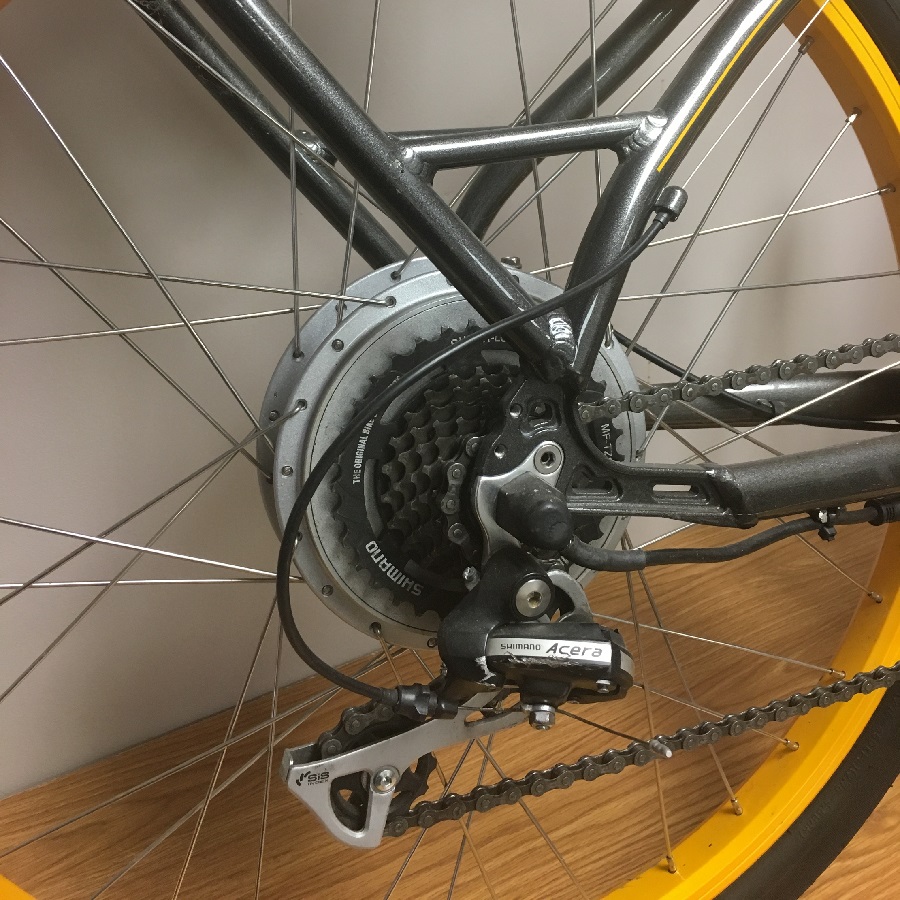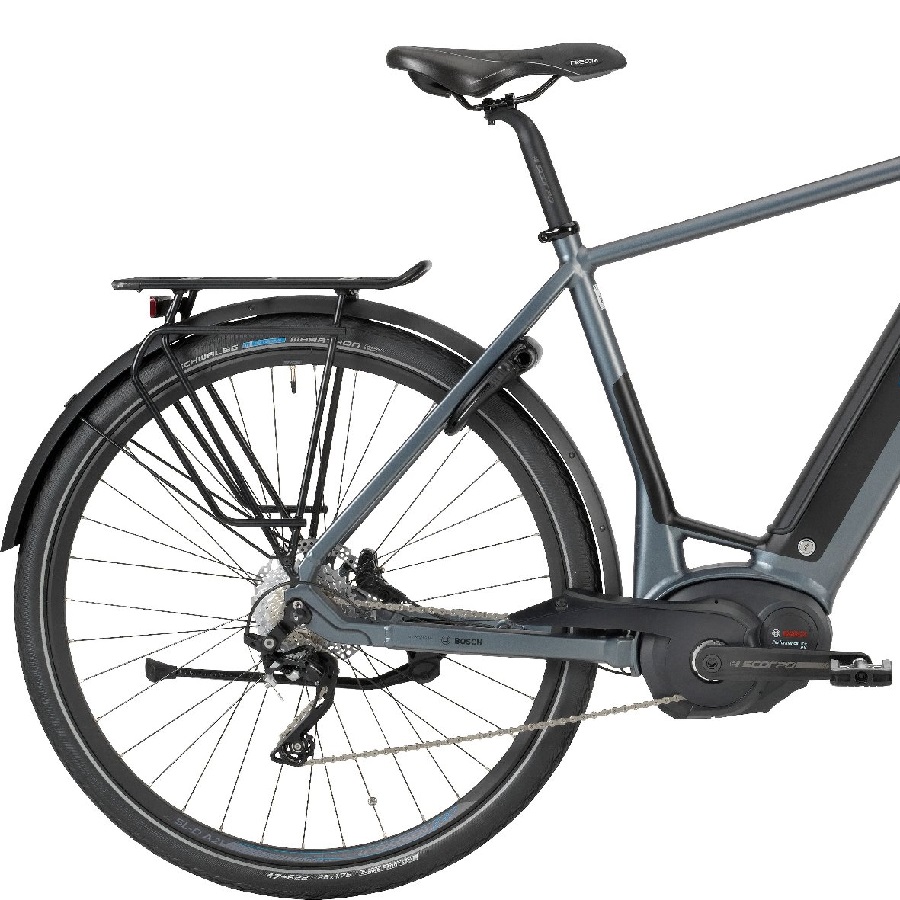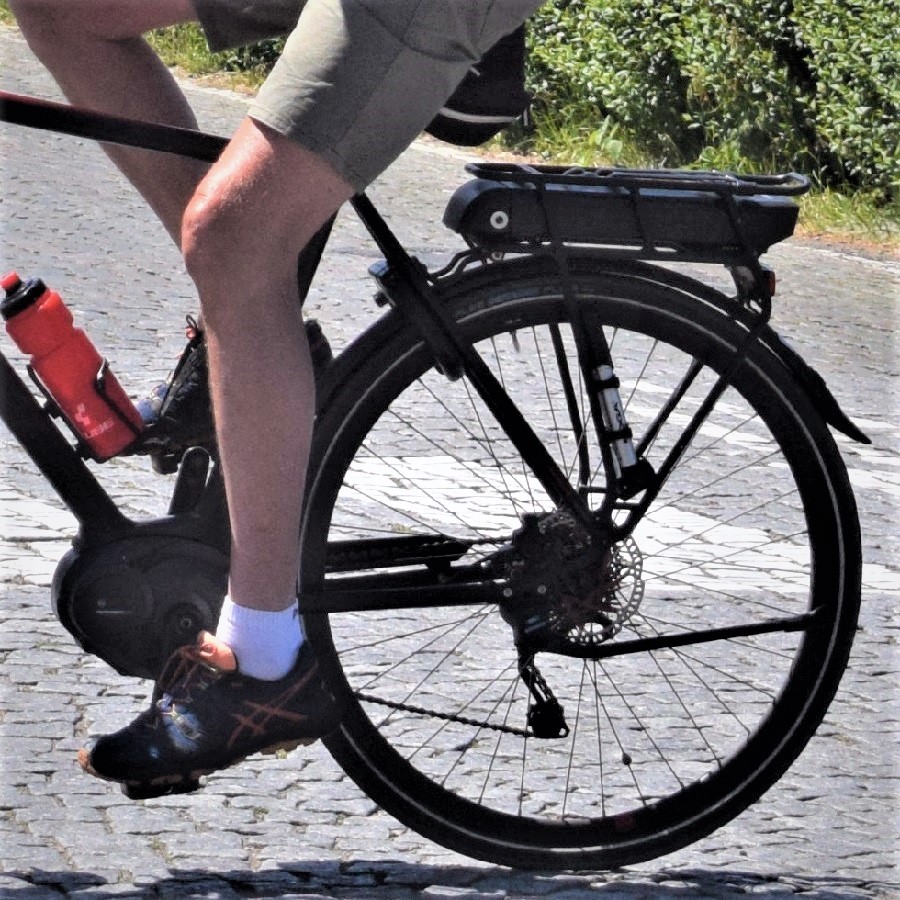The natural advantages of an electric bike include its climbing efficiency, taking a bite out of wind resistance, and the ability to expand your range of travel. Before purchasing an e-bike, knowing how far you want to go and what type of terrain you will be riding it on is essential.
For those who have experienced a medical issue or sports injury, an e-bike can breathe new life into staying active while having fun. With some assistance, you may again want to reconnect with your cycling buddies or add that #NextBikeAdventure to your list. Plus, if you are planning on commuting to work by bike, you will arrive feeling fresh.
Now that you have a reason to consider an electric bike, it’s time to choose the right one! With thousands of electric bike models on the market, several things must be considered. The last item on our list here at HaveFunBiking is to test-ride the e-bike you want. Consider visiting several bike shops to compare.
First, when buying an electric bike, know your style of riding
With hundreds of e-bikes on the market today, design options will vary to fit people differently and their preferred use. It’s up to you to decide what is most important. With so many to choose from, first, you should figure out where you will be riding your e-bike.
Geared to accommodate different activities (cargo-hauling; relaxed cruising; trail riding; mountain biking; child transportation; road biking; fat bike riding; touring; and urban commuting), compile a list of questions. The first one, ask yourself before entering a store, what will be my preferred bicycling activity with a new electric bike?
The electric bike drive
There are two main types of e-bikes. The most common is what has come to be called the “pedal assist.” This system monitors the rider’s pedaling and automatically adds a certain amount of motor assistance, usually depending on the rate, force, and speed.
In most places, the motor’s output is regulated and limited to no more than 750 watts, and the maximum speed is up to 20 mph or 32 km/h. When you reach this speed, the motor automatically disengages. A few models in this category also offer the twist-n-go option. A switch on the handlebar, like a throttle on a motorbike, is used by the rider to trigger assistance from the motor.
The second drive train system is set for high-performance electric bikes that can quickly achieve faster speeds. Riders with these faster drive train systems must have a particular driver’s license, plates, and insurance. The regulations differ in every state and country, so it’s essential to ask your local bike shop for details.
The e-bike motor and its location
There are two main types of motors and where they are located. The most common, the hub motor assist is situated in one of the wheels. Hub motors are the most common, which place the electric motor in the center of a bicycle wheel. This e-bike power source tends to be quieter but often doesn’t handle hills, as well as a crank assist center mount system.
Located over the center mount in the crank and pedal area, the crank motor assist is at the bottom of the frame, transferring the motor’s power to the rear wheel via the bicycle’s chain. That means the electronic controls can include a sensor that detects how hard you’re pedaling and can measure the assistance accordingly. Typically, crank-assisted bikes have become much more common over the last couple of years and have a reputation for doing well on steep hills.
Both have unique advantages and disadvantages, so choosing the correct motor depends on your requirements and which benefits seem more practical. Generally, looking for a brand with a good reputation would be best, such as Bosch, Brose, Panasonic, Shimano, and Yamaha.
Battery storage
One of the most expensive components of your new e-bike is the battery. The bike’s lithium-ion battery pack size is most of the price involved in buying a ready-to-go e-bike. These batteries are everywhere, so it’s no surprise to find them powering e-bikes.
More expensive e-bikes have higher-tech batteries that are lighter, charge quickly, and last longer. Batteries degrade over time, holding less charge as they age. The quality of the battery makes a difference, so look for a reputable named battery manufacturer. Then make sure the warranty covers the battery for at least two years.
Conservatively lithium-ion batteries are typically said to last for 1,000 complete charge cycles. That’s about three years of weekday commuting. They survive longer with careful use, so you should get at least 2,000 half-charge bikes. In practice, several years’ battery life is easily achievable depending on how often you charge and store the battery.
The distance an electric bike can travel.
The distance an e-bike will go on one battery charge is called range. It’s probably the most important specification. For example, if your commute involves a big hill, you don’t want to run out of juice halfway up. Without power, an e-bike is just a heavy bike.
The range depends on the battery capacity, the speed, weight, profile of the commuting tour, the assistance level you choose, and the percentage of the given pedaling power. If you’re only going to do six to ten miles of daily commuting, you don’t need a battery and motor set for a 50 to 70-mile range. However, it would be best to buy a bike with a higher range than you necessarily need because the range will drop as the battery ages and loses capacity.
Cost is another factor.
Good e-bikes are not cheap, as I mentioned above. You can pick up a basic model, but how long will you be happy with it? An average bike with a quality frame, functional brakes, suspension, and other components is expensive. Now, when buying an e-bike, you have to add the cost of the motor and battery. With a reputable warranty, the battery’s cost can run from $500 to $1,000, so don’t be surprised by the higher price; a better bike lasts much longer.
Test ride before you make a final commitment.
Perhaps the most important (and fun) part of buying an electric bike is test-riding it. Trying an electric bike allows you to put aside skeptics, reviews, and research and answer the most basic question: Do you love this bike?
If so, here are a few other questions to ask: Does it climb hills easily? Does the bike fit me in the way I would like it too? And does it have the quality and functionality I would like?
So make it fun, ask many questions, and test-ride that new bike!




